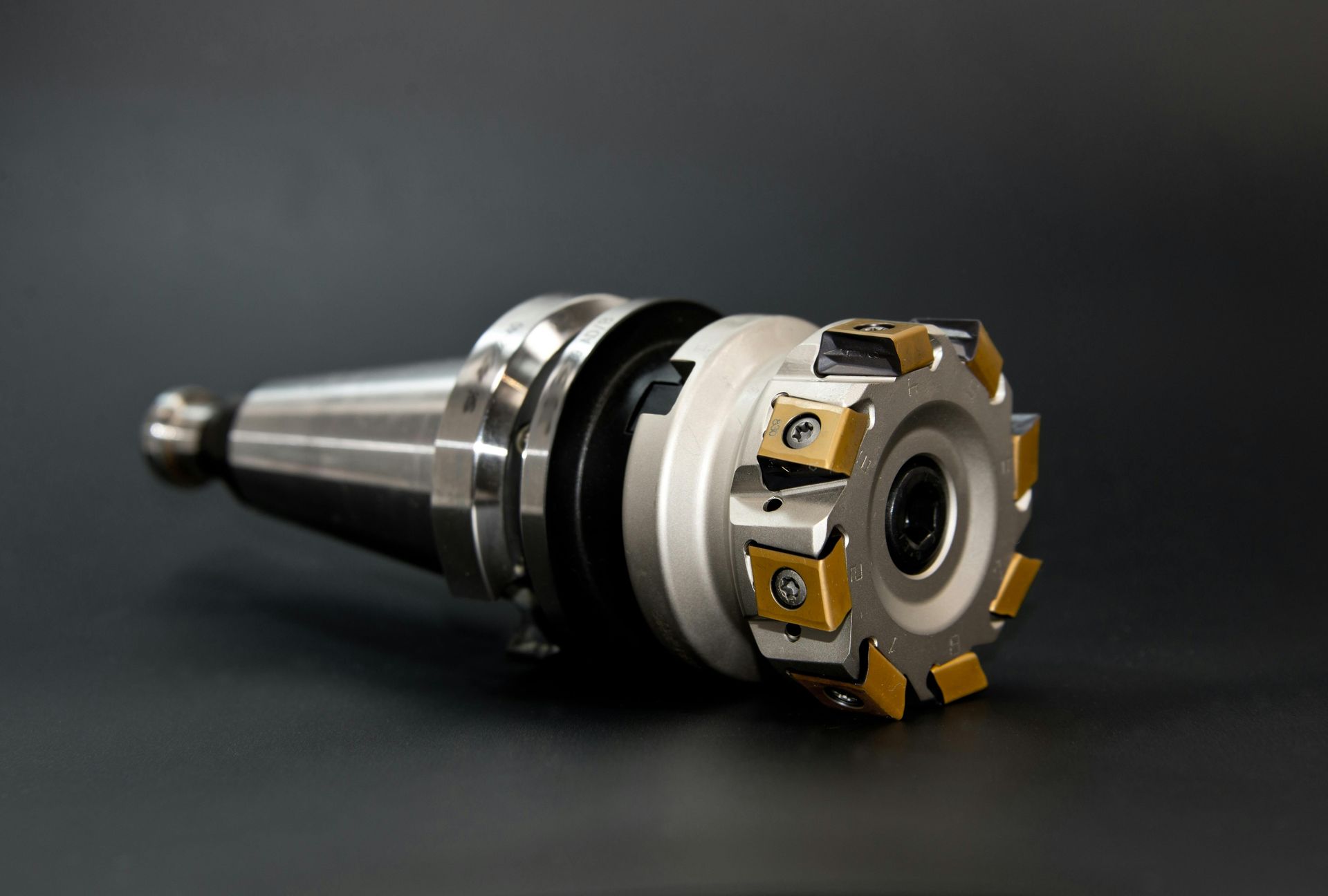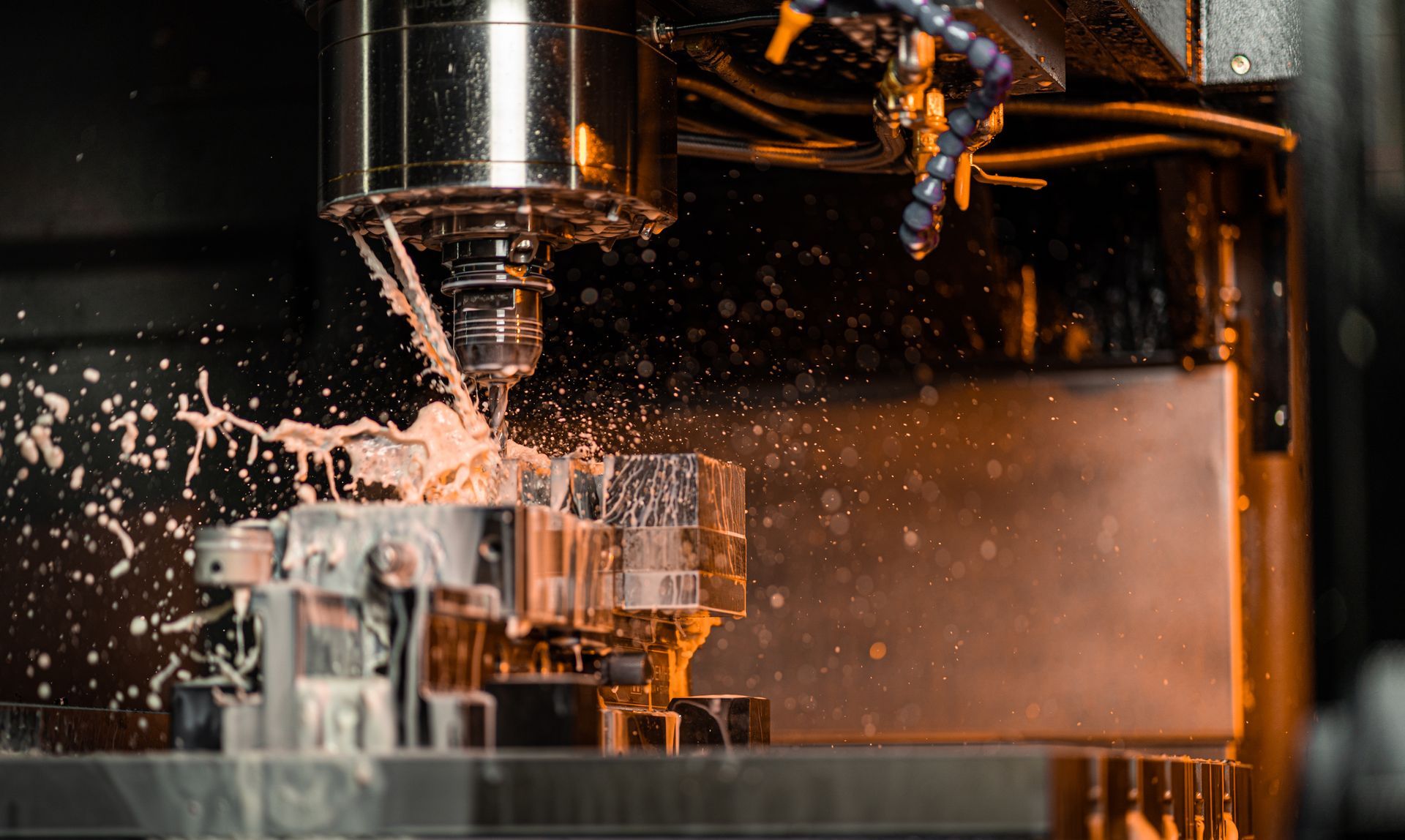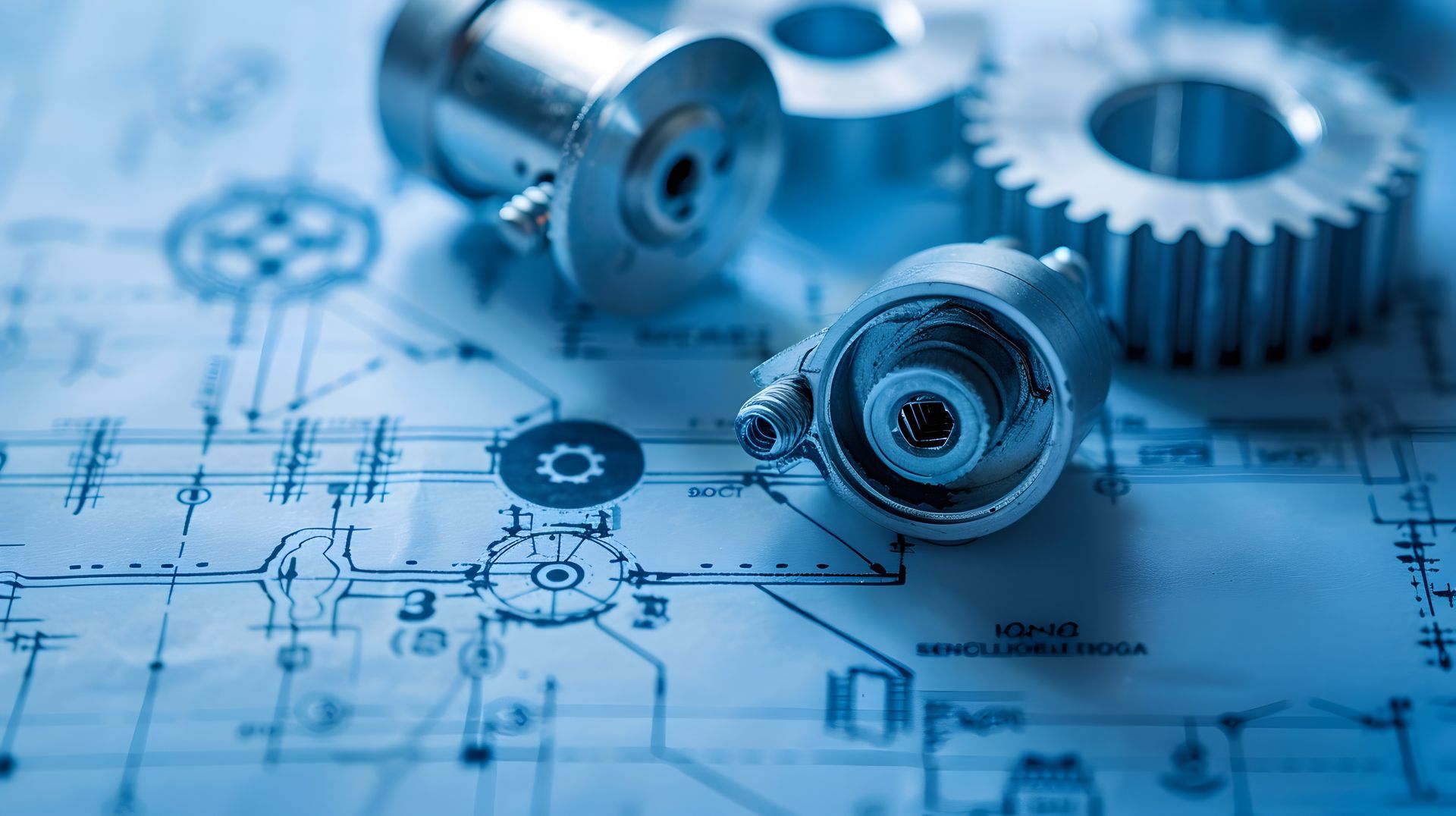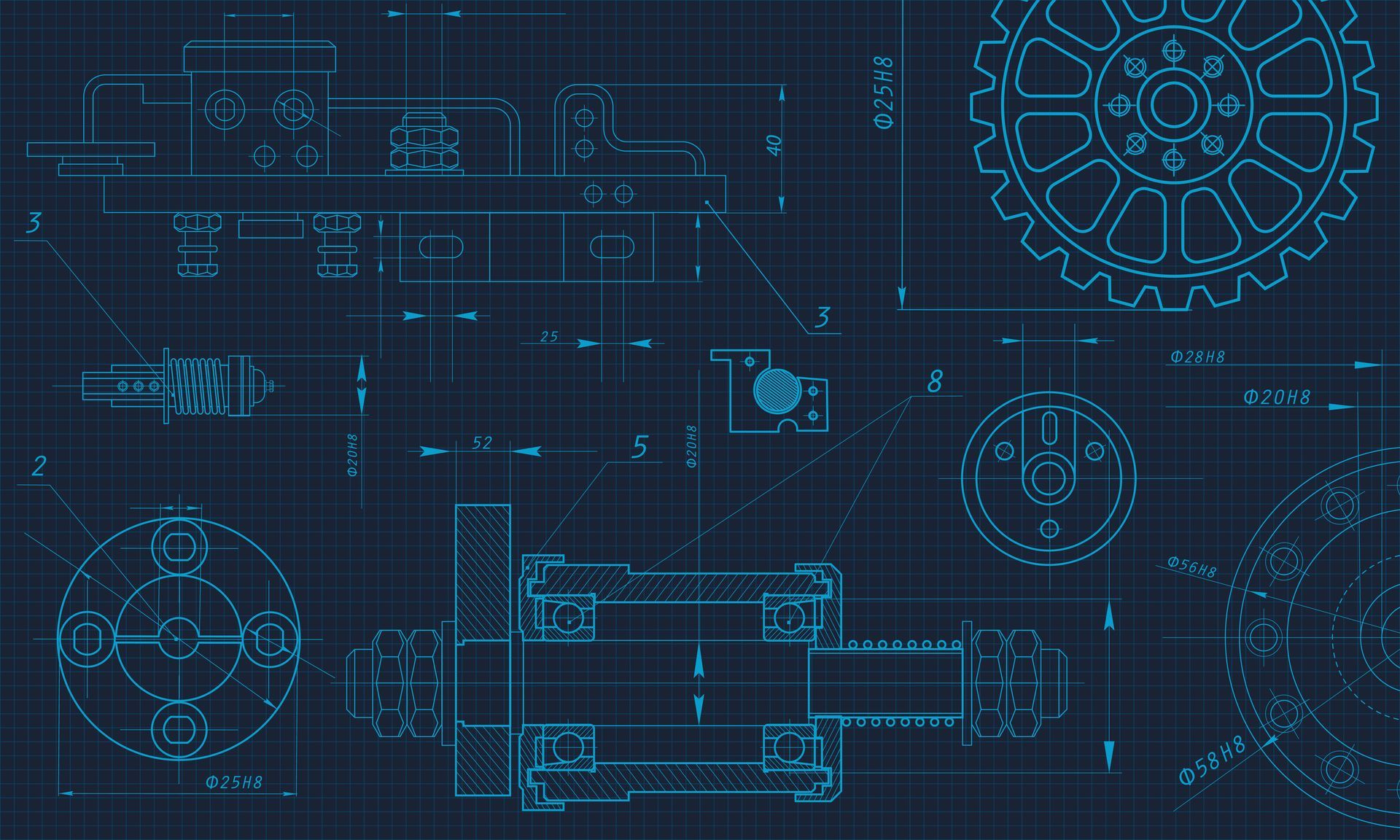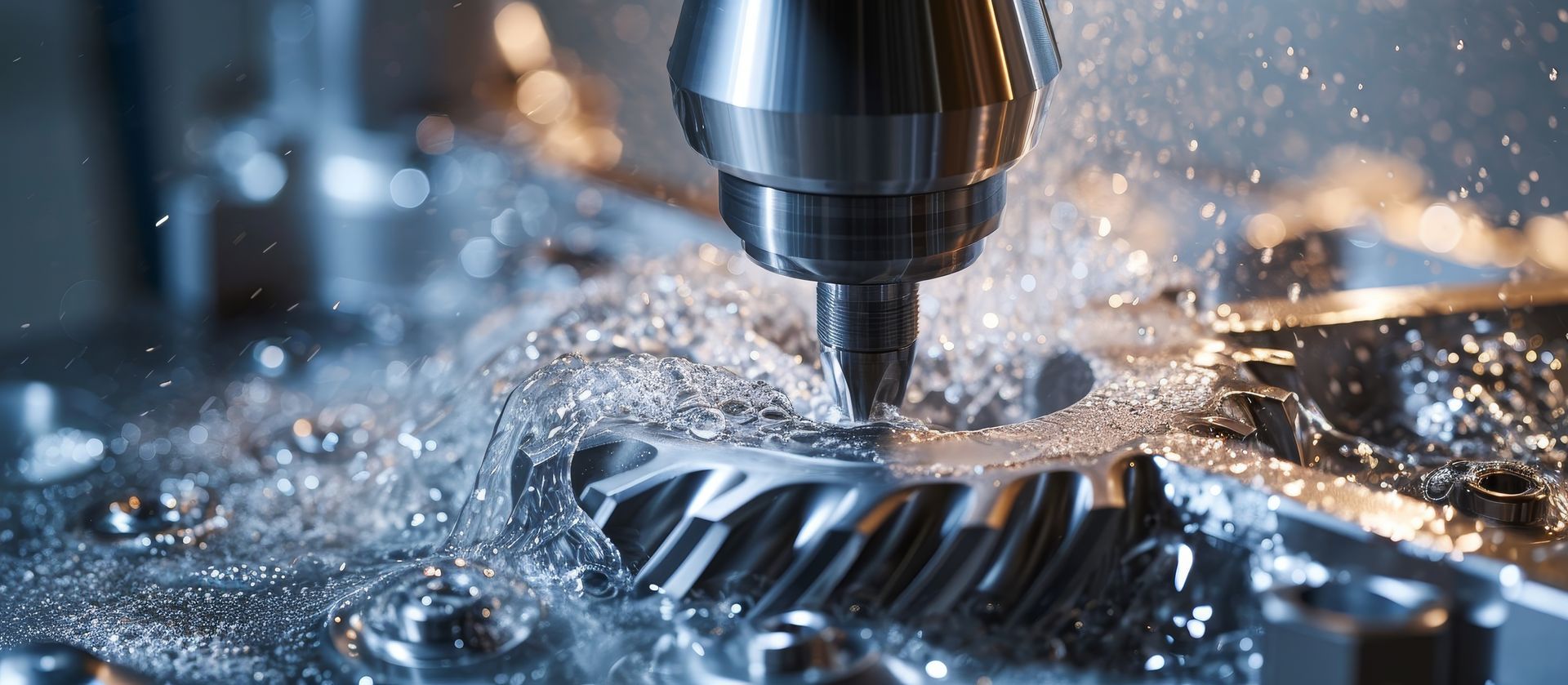TIG & MIG Welding: What Are They and How Are They Used?
MIG stands for metal inert gas while TIG stands for tungsten inert gas. Basically, both of these are welding procedures that utilize electrical arcs to generate heat in order to join metallic objects together.
Magpie Machining and Manufacturing offers a variety of industrial and machining services. Magpie Machining can provide clients with custom precision components, reverse engineering services, milling, drilling and turning as well as MIG and TIG welding services!
It’s not uncommon for clients to wonder what is the difference between MIG and TIG welding? It’s easy to get these two processes confused, afterall. In this article, we’ll provide a quick review about what TIG and MIG welding are and how they compare. Keep reading for your quick overview!
What is TIG and MIG welding?
First, let’s cover the basics: What these acronyms stand for. MIG stands for metal inert gas while TIG stands for tungsten inert gas. Basically, both of these are welding procedures that utilize electrical arcs to generate heat in order to join metallic objects together. A type of inert gas mixture is used in both of these welding processes that prevents any corrosion of the welding electrodes.
MIG, or metal inert gas, welding is a process that consists of continuously feeding a metal wire into the weld that is being made. As the welding supply is consumed, the wire acts as the filler material that helps to join the two metal objects. The process that occurs during MIG welding is sometimes also referred to as GMAW, or gas metal arc welding.
TIG, or tungsten inert gas, welding does not always use a filler metal for the welding supply like the MIG welding process does. During the TIG welding process, a current is run through the two metal parts that are being joined using a non-consumable tungsten electrode. This process is sometimes referred to as GTAW, or gas tungsten arc welding.
Which is better?
Determining which process is better really depends on the specific task. Depending on your need for welding, TIG or MIG welding might be the best recommendation. Magpie Machining is able to offer clients both of these services to ensure the proper solution for their problem.
MIG welding is sometimes the more optimum technique when working with thicker, more heavy-duty pieces of metal, because it will be faster than the TIG process. In most cases that involve thinner pieces of metal, TIG welding will work well due to the levels of heat that are required with each technique. For example, if the goal is to join together small, thin pieces of metal, then TIG would be the most cost effective process. Conversely, TIG welding becomes less efficient as the density of the pieces of material increase, so MIG welding is usually the better option for thicker pieces of metal.
Luckily, you don’t have to be an expert in TIG or MIG welding to get the right solution to your needs. The team at Magpie Machining are experts in this area and will work with you to ensure the right solution is being applied to your problem. Magpie Machining is able to provide the right welding service depending on your materials and goal!
Content for MagPie Machining by Minieri & Company, LLC, Copyright © 2019-2025, All Rights Reserved.

